IP Version 6
Internet Protocol version 6 (IPv6) is a network protocol that is designed to replace IPv4, the current version of the Internet Protocol. IPv6 was created to address the limitations of IPv4, which is running out of available IP addresses due to the explosive growth of the Internet and connected devices. IPv6 uses 128-bit addresses, which provide a virtually unlimited number of unique IP addresses, allowing for the continued growth of the Internet.
IPv6 also includes other improvements over IPv4, such as better security, more efficient routing, and simplified network configuration. It supports larger packet sizes, which can improve network performance, and it includes a feature called “auto-configuration,” which allows devices to automatically configure their network settings without the need for manual configuration.
Despite these benefits, the adoption of IPv6 has been slower than expected, and many networks still rely on IPv4. However, as the number of devices connected to the Internet continues to grow, the transition to IPv6 is becoming increasingly important.
About the Notes:-
The book is a quick and comprehensive summary of IP version 6. consisting of 23 pages, in a simple style.
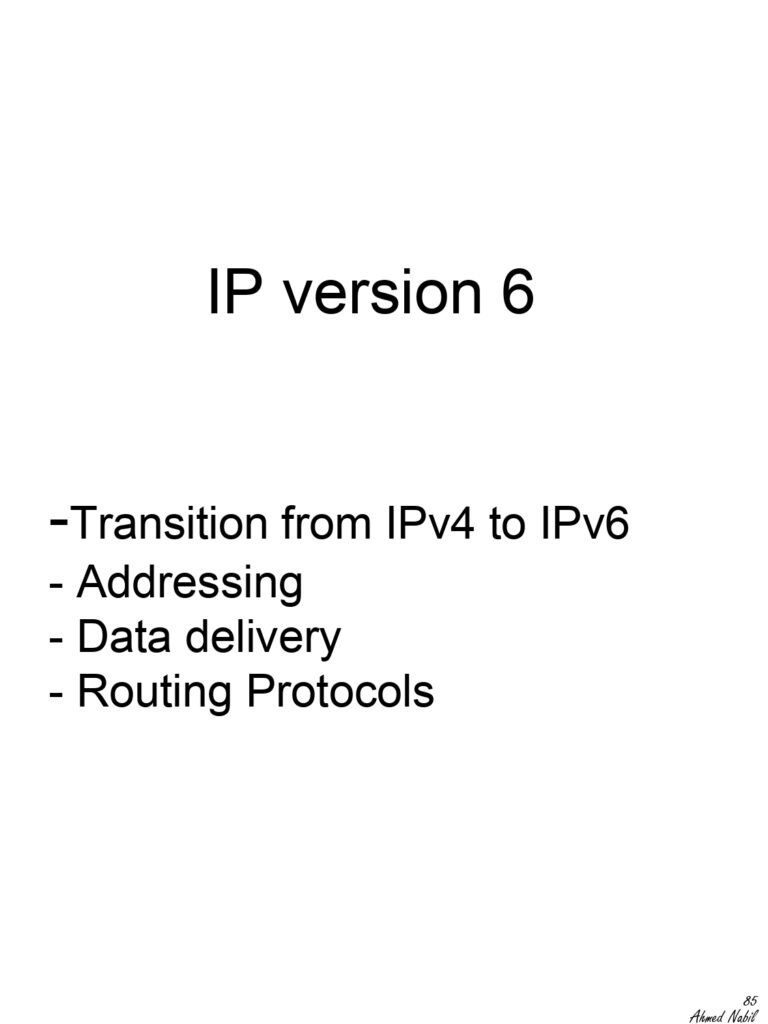
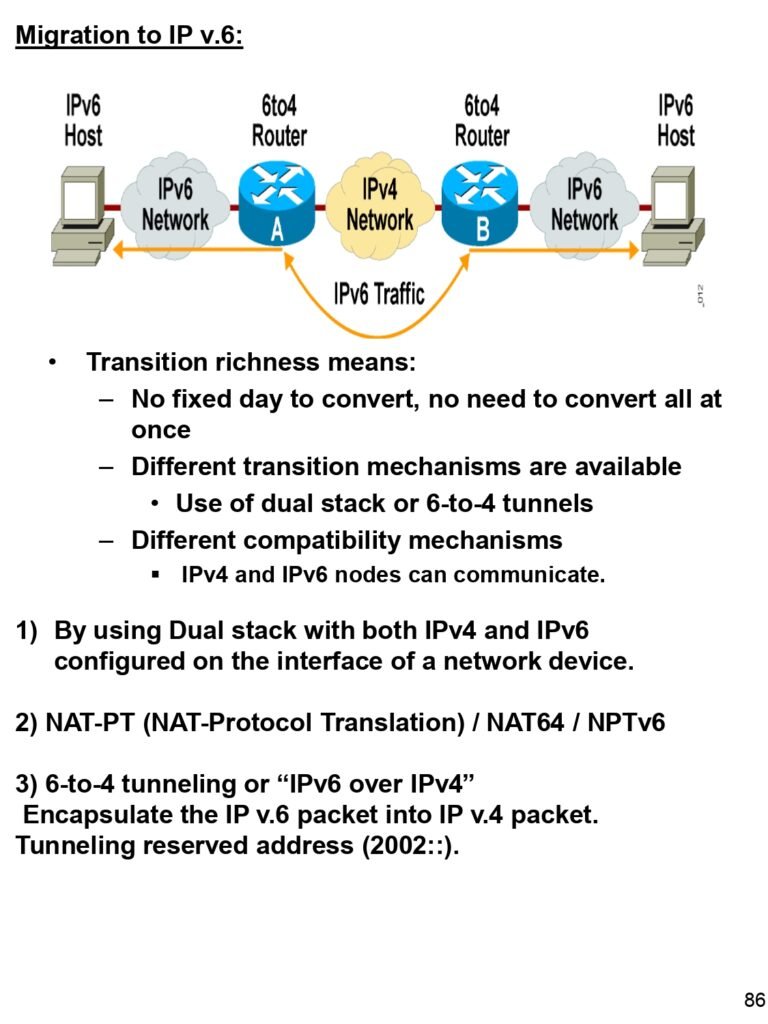

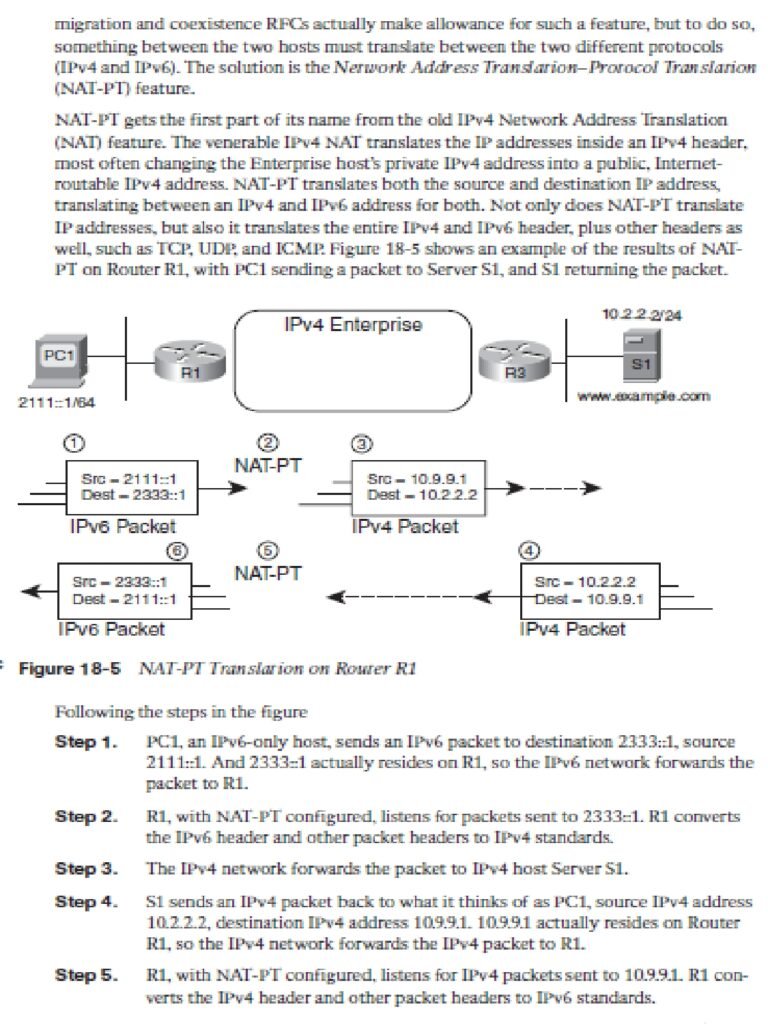

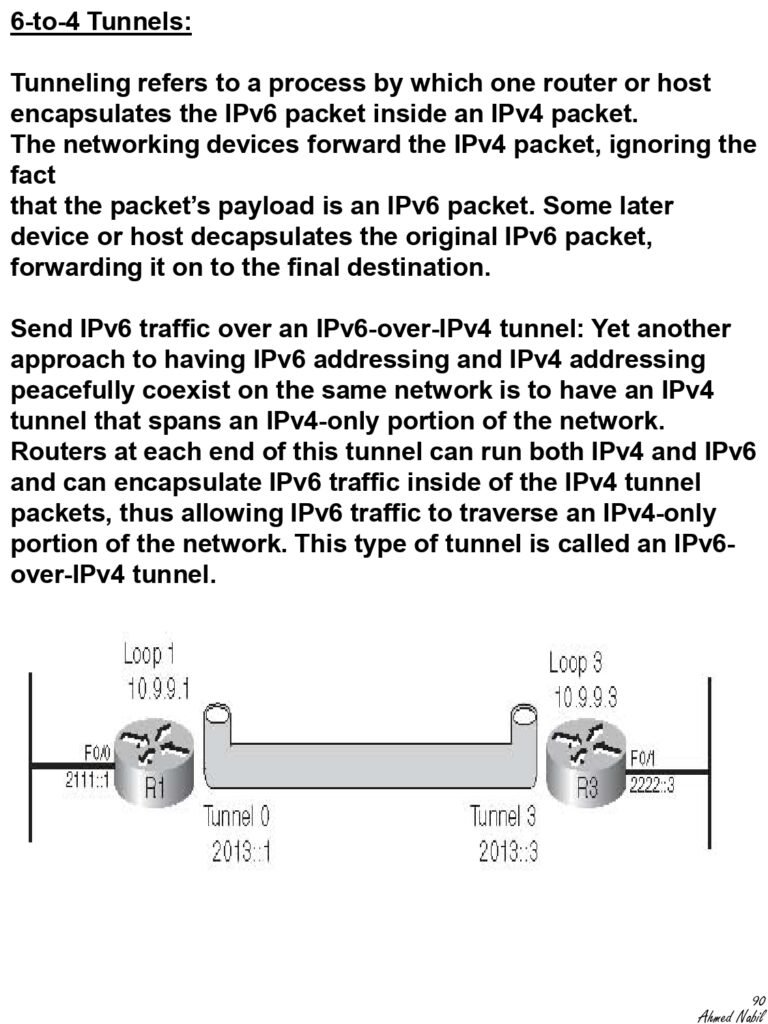

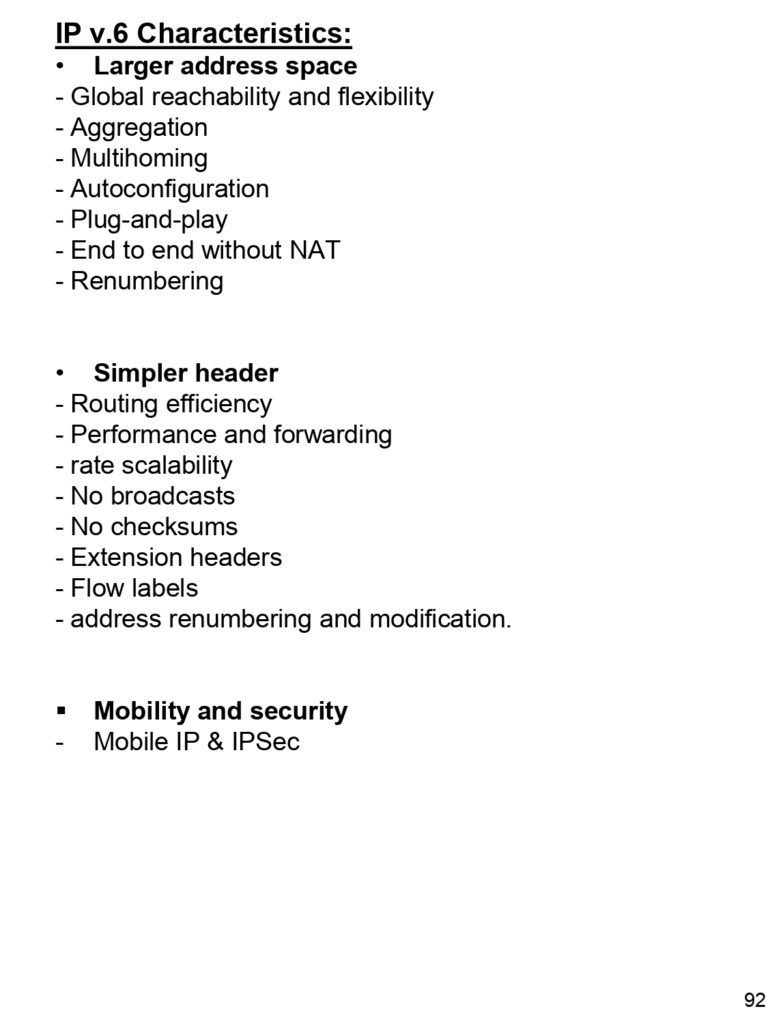

Notes Content: –
- Transition from IPv4 to IPv6
- Migration to IP v6
- Dual stack with both IPv4 and IPv6
- NAT-PT (NAT-Protocol Translation) / NAT64 / NPTv6
- 6-to-4 tunneling or IPv6 over IPv4
- IP v.6 Characteristics
- IP V6 Addressing
- Point-to-Point Links auto addressing (EUI)
- Data delivery
- PMTUD (Path MTU Discovery)
- Routing Protocols
Prepared By: –
Eng Ahmed Nabil
Notes Format: –
To Download PDF: –
For MPLS PDF handwriting From here
For BGP PDF handwriting from here
